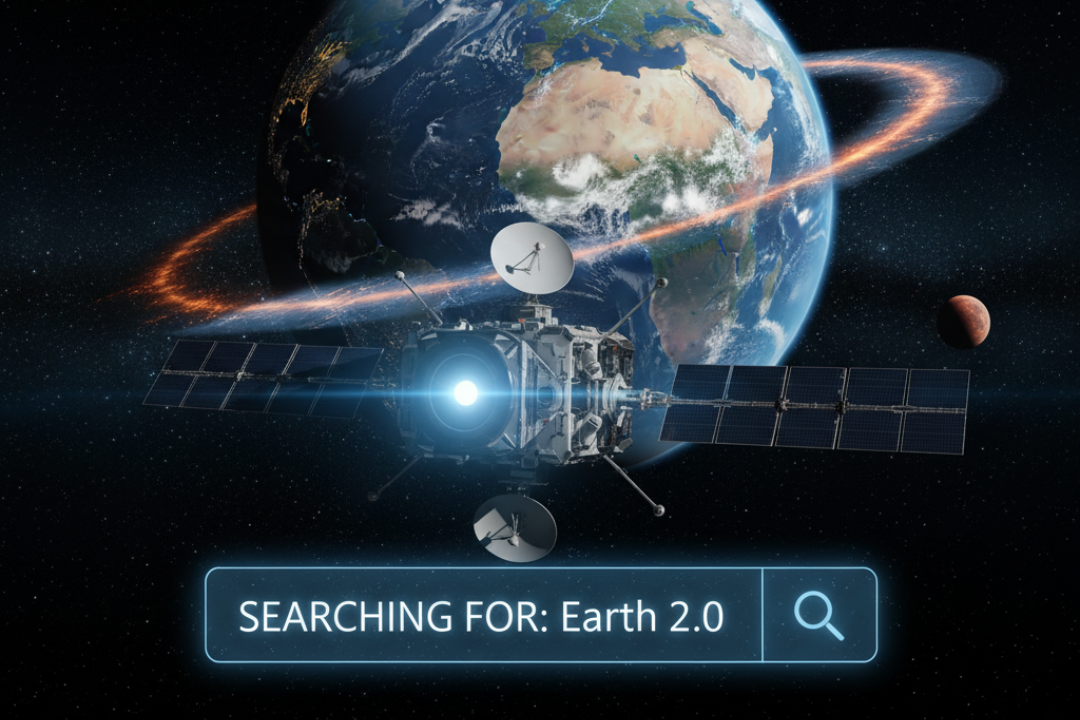Forget the metaverse; China is literally looking for a new universe to explore, or at least a new planet to call “Earth 2.0.” In a bold move signaling its escalating ambition in space, China is quadrupling down on deep space exploration, with plans to launch four new scientific satellites during its 15th Five-Year Plan (2026-2030). Among these, one stands out as a game-changer: the dedicated Exoplanet Survey Satellite, aptly dubbed “Earth 2.0.”

Slated for a 2028 launch, this mission isn’t just a casual glance at the cosmos. The plans here involve a precise, four-year quest designed to identify Earth-sized exoplanets orbiting sun-like stars within habitable zones. Imagine that: a world just like ours, out there waiting to be discovered—that’s the plan, anyway. The Earth 2.0 mission will employ a sophisticated seven-telescope array, using micro-arcsecond relative astrometric techniques to detect the subtle wobbles of distant stars—a tiny dance that could betray the presence of an orbiting planet. Scientists are even hoping to detect biosignatures in these exoplanets’ atmospheres, potentially uncovering the first tangible evidence of extraterrestrial life.

This mission taps into our generation’s deep curiosity about humanity’s place in the universe, the desperate search for solutions to planetary sustainability, and the thrill of pushing technological boundaries. China’s “Earth 2.0” initiative places it at the forefront of astrobiology, democratizing space exploration and inspiring a new wave of STEM enthusiasts. As we grapple with Earth’s challenges, the idea of a potential new home—or at least proof we’re not alone—offers both a profound perspective and a glimmer of hope for the future.
Cover image via RADII.

















